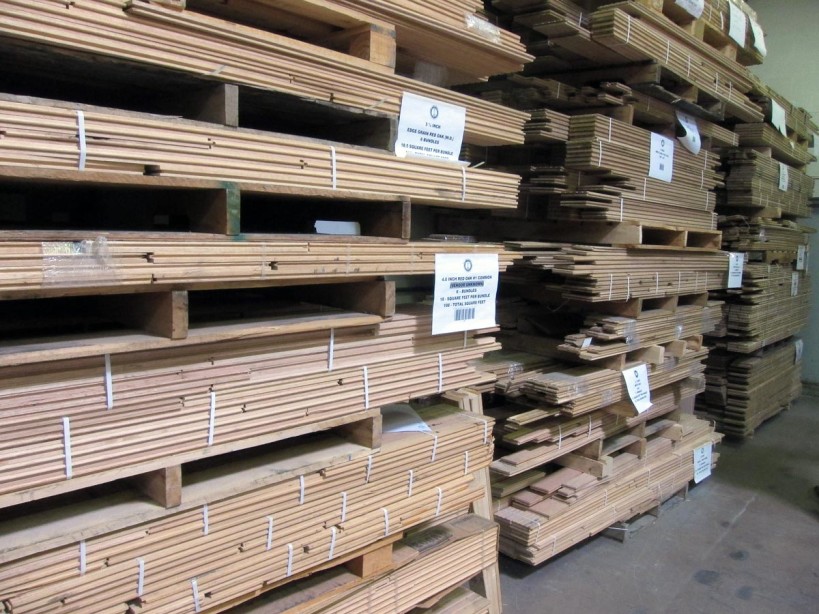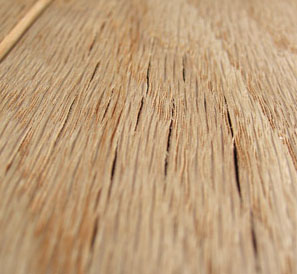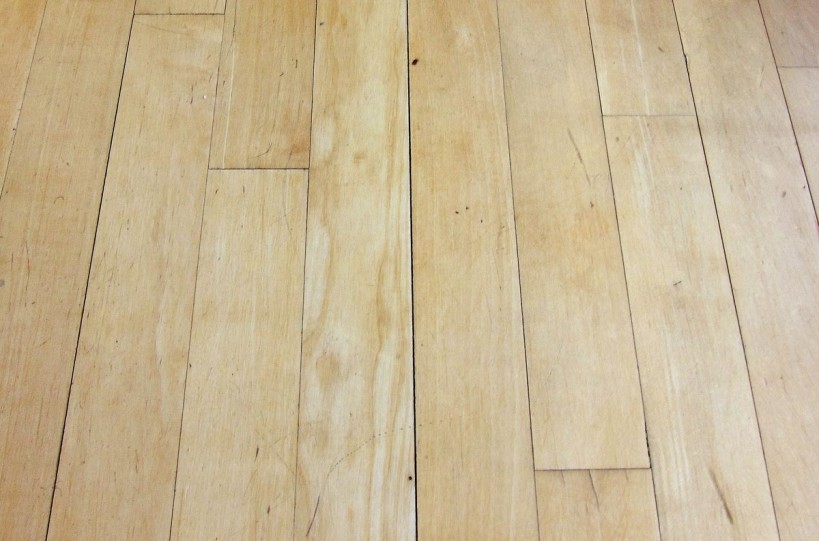wood floor care, wood floor gaps, wood floor installation
Chicago Winters and Your Wood Floor
From Naperville to the North Shore, this Chicago winter is going to be a doozy! While we all wait for Spring, your floor may have suffered the consequences of the coldest winter in recent memory.
First, you already know that salt, dust and debris are the enemy of your beautiful hardwood floor. Wipe up salt stains quickly and vacuum and dry mop regularly to keep the grit off of the floor.
Hardwood Floors Are Like a Sponge
Well, sort of. Wood is hygroscopic which means it both absorbs and loses moisture depending on the humidity of the air and environment around it. Just like a sponge, wood will shrink (slightly) when it’s very dry and expand when it becomes moist. The moisture content of wood will attempt to reach equilibrium with its surrounding environment. This is why it tends to expand in the summer and shrink in the winter.
Seasonal Gaps in Your Hardwood Floor
As the temperature outside drops you may notice some gaps between some of the floorboards that are the result of he loss of moisture. Hardwood flooring is stable when it has a moisture content of at least 30% to 50%. Consequently, during the winter months when the air is dry, sometimes as low as 20% humidity, flooring will give off some of its moisture causing it to shrink.
While these gaps between boards almost always heal as the outside temperature and thus the moisture in the air rises, you can help to minimize the situation by using a humidifier to keep the relative room humidity at 40% or more. However, in most situations even a whole-house humidifier would struggle to maintain a 40% humidity level in a Chicago winter like this one, so it’s reasonable to expect some slight, temporary gapping to occur.
Acclimating Your Hardwood Flooring Before it is Installed
One of the ways that Mr. Floor insures that your floor has the smallest amount of gapping during Chicago’s winter months is to properly prepare and season the wood flooring before we install it in your home.
Mr. Floor is one of the few companies that has its own climate-controlled Acclimation Room where wood is kept at the right relative humidity to insure that after the floor is installed, it will expand and contract in a natural way that will minimize gaps in the winter and cupping and crowning during the summer.

Some flooring installers, mostly those who don’t have a large facility where they can stage and acclimate a hundred thousand feet of wood for customers at the same time, suggest that acclimating the wood in the customer’s home is the way to go. We disagree.
The relative humidity in a home can vary widely depending on the season, the home, and whether the HVAC system adds to or decreases humidity. During the summer in Chicago, the humidity inside a home can rise to 80% or more. Installing hardwood flooring with a high moisture content in a humid summer home will almost certainly lead to unwanted gapping in the dry winter months.
Hardwood Floor Cracking or Checking

If the flooring is actually cracking or you’re seeing surface checking along the boards, temperature and humidity may help to mask the problem during warmer months, but the problem is permanent and the result of poor manufacturing techniques. The latest research from the National Wood Flooring Association, of which we are members, suggests that cracking and checking are the result of drying the wood too quickly during manufacture and not the result of post-manufacture installation or environmental conditions.
Hardwood Flooring Changes With the Season
The bottom line is that all hardwood floors will experience some gapping during a long, cold Chicago winter. However, if the wood was properly acclimated before installation, and the installation was done well, this is a temporary condition that should correct itself as the season changes and temperatures and humidity rise.
If you have any questions about hardwood floor gapping, call us at 847-674-7500.
Igor Murokh
Igor is a graduate of the University of Illinois and holds a B.A. in Economics. He has worked in the flooring industry for over 30 years and is the VP and Sales Manager of Mr. Floor Companies in Skokie, IL. Igor is a certified wood flooring inspector (CWFI) and routinely helps clients assess flooring issues.

